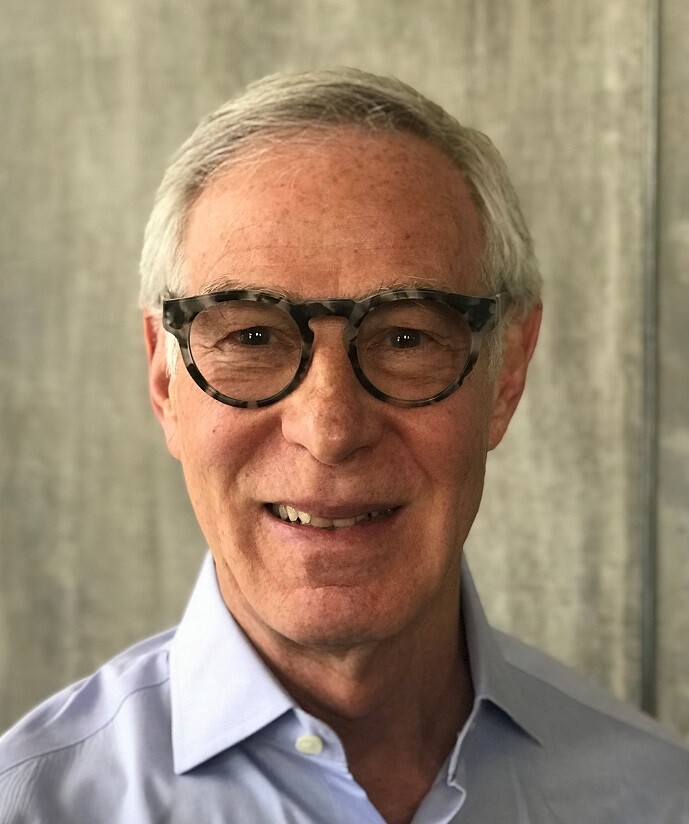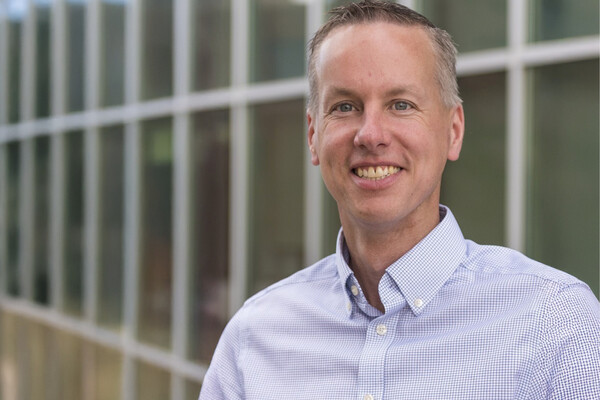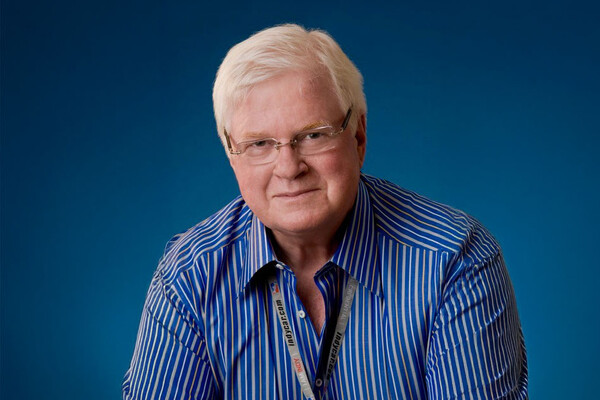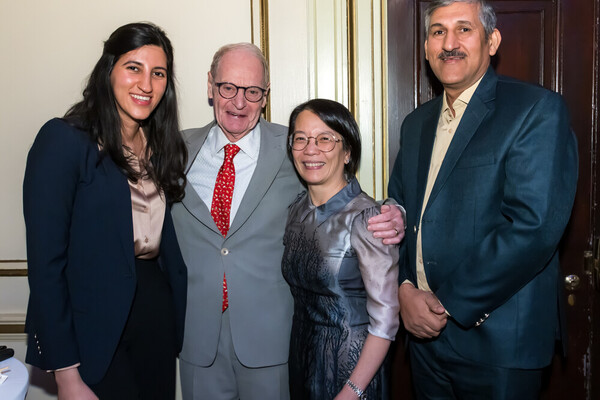Main Second Level Navigation
Breadcrumbs
- Home
- News & Events
- Recent News
- Richard Cooper: Answering the Call to Improve COVID-19 Critical Care
Richard Cooper: Answering the Call to Improve COVID-19 Critical Care

Dr. Cooper’s primary professional interest relates to advancing airway management devices and techniques as well as enhancing clinical documentation. In this regard, he was actively involved in the development of a video laryngoscope (GlideScope) and two commercial airway exchange catheters (Cook Airway Exchange Catheter and CardioMed EndoTracheal Ventilation Catheter, ETVC®).
Among other professional contributions, he was a founding member of the Society for Airway Management (SAM), serving as its president from 2012-2014. Dr. Cooper is currently the director of the Anesthesia Advanced Airway Management Fellowship at Toronto General Hospital.
“When [Department of Anesthesiology and Pain Medicine Chair] Bev Orser contacted me with the idea of creating a task force to identify and register anesthesia gas machines that might be redeployed for critical care, I jumped at the chance…”
A professor in the Department of Anesthesiology and Pain Medicine, Dr. Richard (Rick) Cooper recently took on an initiative, working with a small team to quickly develop a registry of anesthetic gas machines located in out-of-hospital premises. The project was critical to Ontario’s response to the COVID-19 pandemic and as such was completed under enormous time pressure. Dr. Cooper spoke to Director of Alumni Relations Sara Franca, taking a moment to share his story, some of his memories as a student and his post-COVID plans.
What are you currently doing, professionally?
I worked out of Toronto General Hospital and serve as the Director of U of T’s Anesthesia Advanced Airway Management Fellowship. For over forty years working as a physician, I’ve not been able to appropriate a sufficient amount of time to my other interests, but I’m still being tugged on by my professional interests. In August, I took part in an airway conference in Bali, organized by the Western Australian Airway Group and was on the program committee for the World Airway Management Meeting held in Amsterdam in November 2019. We had over 1800 participants from 75 countries. This conference was followed by two other conferences in France and Switzerland that allowed my wife and me to spend nearly four weeks in Europe. So, my retirement got off to a great start.
For the past four years, I have been working with a number of international airway enthusiasts to develop multidisciplinary guidelines for airway management (https://www.universalairway.org/). We were scheduled for a September 2020 release with publication as a dedicated issue in Anaesthesia, but COVID-19 has delayed this project.
Non-professionally, I completed a six-year project of making my first violin. I am trying to be more diligent practicing violin daily and I’m aspiring to become an artisan bread maker (Instagram @drcrust). And when the pandemic dust settles, I’m looking forward to hugging my two grandchildren and travelling with my wife.
How did this registry project come about?
As the pandemic was spreading throughout Italy and New York, there was concern that we too might lack the resources to respond. I was feeling rather guilty about being safely confined in my home, while my colleagues were on the front lines. When [Department of Anesthesiology and Pain Medicine Chair] Bev Orser (PGMT ’87, PhD ’95) contacted me with the idea of creating a task force to identify and register anesthesia gas machines that might be redeployed for critical care, I jumped at the chance to contribute. Her enthusiasm was infectious, and a team developed very quickly, often convening multiple times each day. (I also welcomed the opportunity to collaborate with Bob Byrick, my former mentor, on the task force.) The challenges were great: time was critical, and we had to navigate between the FDA, Health Canada, Ontario’s MOHLTC, the Colleges of Physicians and Surgeons, Dental Surgeons and Veterinarians of Ontario, the Faculty of Medicine, anesthesia machine manufacturers, clinicians, respiratory therapists and anesthesia assistants. We couldn’t have done this without Bev Orser’s focus and energy. It was a privilege to be part of this.
How is this project making an impact during the COVID-19 crisis?
We were not the only ones facing these issues. Italy and New York State were weeks ahead of us, but each jurisdiction faces some specific challenges and our efforts helped identify some of those. We learned that it was important to communicate widely, but with oversight, so that energy and time was not being squandered. One of the most satisfying outcomes of this initiative is that we were able to identify over 100 additional ventilators that could be used in the crisis.
We viewed our efforts as a kind of template that other provinces might benefit from. Bev shared our experience with her counterparts across Canada and we had a peer-reviewed publication approved within about 30 minutes of submission. That timeline (time to acceptance) might qualify as a Guinness Record!
How did you find your way to studying at U of T?
I was born and raised in Toronto and did my undergraduate studies at U of T. My attempts to enter medical school were initially unsuccessful and I pursued a M.Sc. in human physiology. The following year I was accepted into Medicine, along with a cadre of other graduate students, and I entered medical school, combining two years of course work into a single year. At the same time, I completed my Master’s thesis, took my comprehensive oral examination in physiology and got married. That was probably the most challenging year of my life.
What was a highlight of your student experience?
Survival. When I look back on my experience as a resident, I encountered many inspiring people, but two stand out. The first was Dr. Joseph Marotta (MD ’49), a neurologist and Physician-in-Chief at St. Michael’s Hospital. Dr. Marotta had thick white hair, a very wise and calm demeanor and treated his patients and residents with great respect. I remember, in particular, a favourite expression of his, “Put the puck in the net,” which he would say when we were waffling on our analysis of a case. I went to him when I was considering a career change from Internal Medicine to Anesthesiology and valued his counsel.
The other individual who influenced me, pretty much at the same time, was Bob Byrick. He was a fellow in critical care and I was a resident in Internal Medicine. I loved consulting on patients and sitting in on rounds in the ICU because I learned so much from Bob. He always wore this grin on his face that to me said, “Could there be anything more interesting in the world?” I wanted to be like that.
What advice would you give to a current trainee in the Dept. of Anesthesiology?
You’ve made a good career choice. Recognize the tremendous responsibility your patients entrust you with. They’ve probably never met you, and yet they literally entrust you with their lives. Be worthy of that trust and be thankful for the opportunity of using and sharing your skill and knowledge.
News


